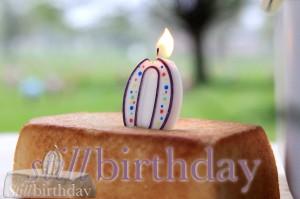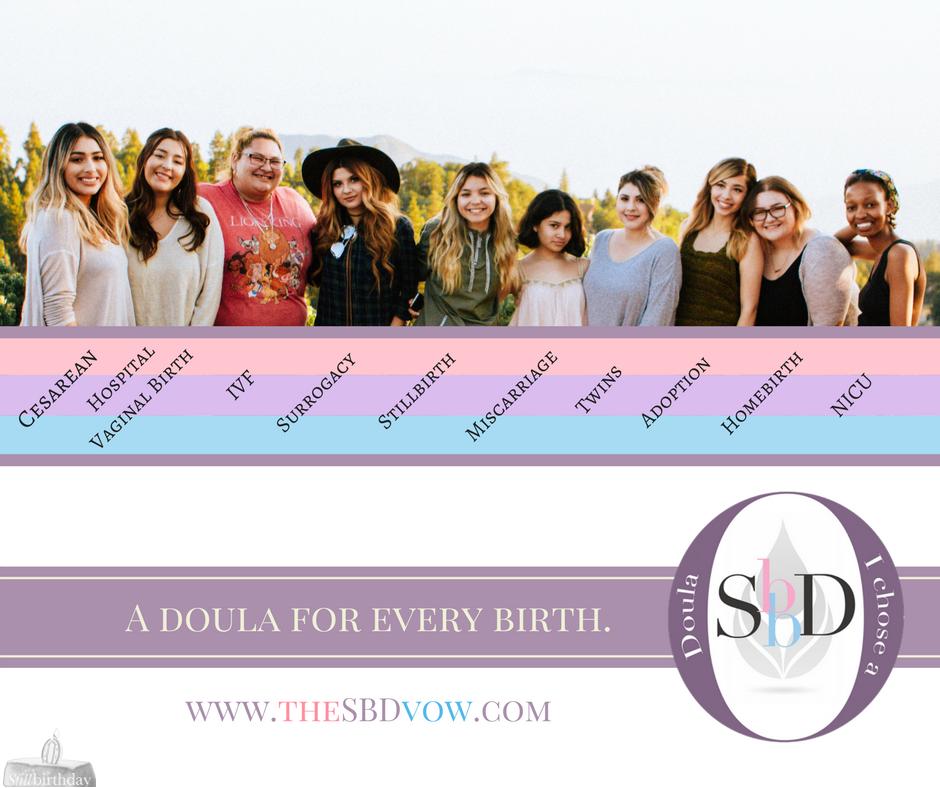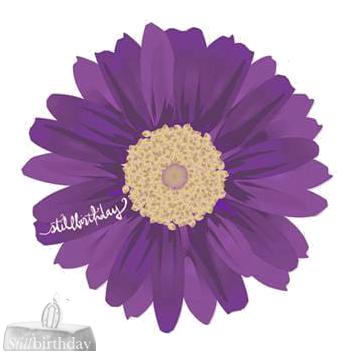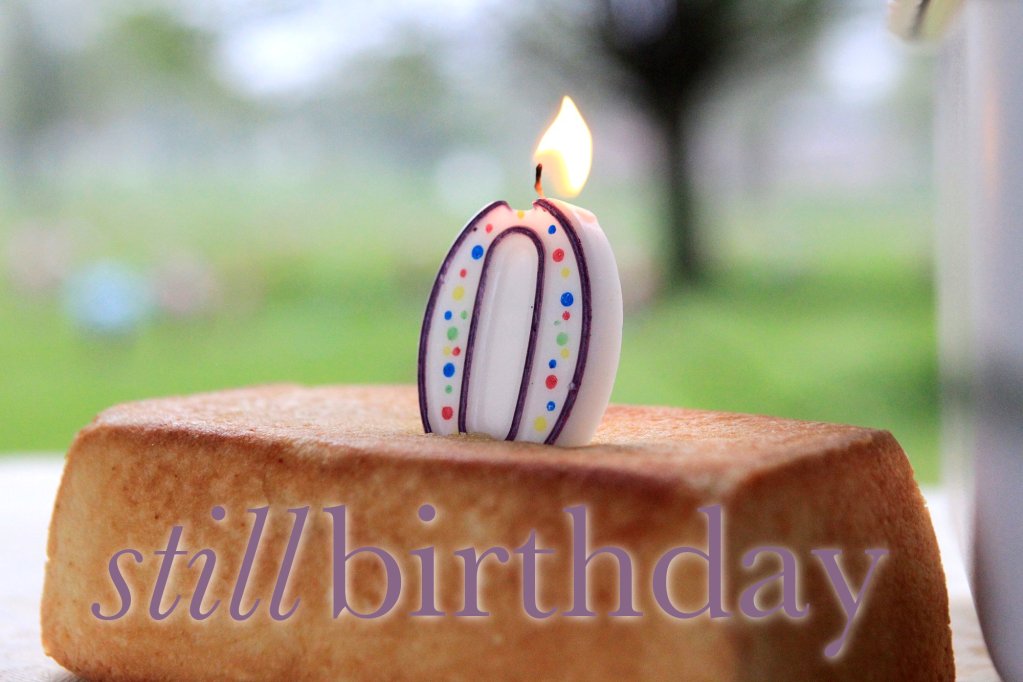The question is a common one.
“What do I do?”
- Learn what the family has been told medically.
- Learn what birth methods are considered the most medically safe.
- Learn from the family what personalized options can best fit within the safest birth method.
- Learn about Principles of Service, which include the family’s right to privacy, your not issuing or publishing a diagnosis or death notification.
***********************************************************************************************************
Also, in learning, the opportunities for awareness and training here at stillbirthday are vast and growing, including:
- full birth doula and bereavement doula certification program
- Doula Handbook
- SBD University
- free birth education & planning resources
- free bereavement resources
- free support for the family’s loved ones
- international and local networks of resources
- helpful articles and other information, including The Invaluable Bereavement Doula
~~~~~~~~~~~~~~~~~~~~~~~~~~~~~~~~~~~~~~~~~~~~~~~~~~~~~~~~~~~~~~~~~~~~~~~~~~~~~~~~
But I’d like to just point out here, a few basic principles. Because if you are supporting a family enduring loss, and doing so for the very first time, anything can seem overwhelming. Let’s just try to make things as simple and uncomplicated as possible. Here’s a few things I keep in mind as I support families:
1. } Forget the Checklist
Yep, the very first thing to remember, is that it’s OK not to remember. Coming in with the checklist of “OK, I took pictures. I gave a teddy bear. Check, check, check, and now it’s time for me to go.” Even if you don’t ever intend to give off this perception, it is one that many mothers can be keenly sensitive to. To help remember this:
2. } Ask permission to open the window.
Whatever situation you enter as a doula, all you are given is a tiny window. That’s it. Just a tiny window. There’s always more to the story. There’s always an unspoken need. Your job is not about being a success. It’s about making a difference. Even if you believe you are familiar with a tradition, belief or decision the family has made, ask more about it. If the family says they are of a particular faith, for example, it doesn’t mean that they want platitudes that are assumed to align with that particular faith.
3. } Validation is always possible.
Answers are optional.
You don’t have to give answers. Not spiritual answers, not medical answers, not answers at all. But you can always validate. In fact, you should always validate.
4. } Go Slow. Validate.
Provide Options. Supplement Resources.
These are the 4 foundational points to everything. And to help you remember to keep these in mind, there’s 4 simple words to start this off. “I want to know….” Ask this question in word and action, allowing the family to be the authors of their journey. Supplementing Resources is huge. It means that you don’t have to know everything. Helping to strengthen the circle around the family – by incorporating people who can be an asset to the family, is substantial. Even with something as simple as “Tell me 3 people who love you” so that you can contact them on her behalf. Loved ones can utilize the support resources we’ve compiled especially for them – including how to honor during the Healing Journey. Utilizing stillbirthday as the resource for you is important, and offering it as a resource to the family is also important.
5. } There are 5 Seasons. And, there are 5 Senses.
Seasons:
- Pregnancy (and everything up until the birth – this can include everything that went into the pregnancy)
- Birth (yes, this is a season all by itself)
- The Welcoming
- The Farewell
- The Healing Journey
The points above, about going slow, speaks to this. Don’t shove one season into another. Birth, then Welcoming. The Farewell will come. The aspects specific to the Farewell will have time. Preparing with training as a doula, preparing with resources as a parent, is important. But emotionally, being present in the moment, in the season, is important. Right now, let’s go slow. One contraction, one breath, one moment at a time.
Senses:
As a birth doula supporting during loss, it is especially important to be mindful of the senses during the Welcoming, because often if you have not established a relationship with the mom prior to birth, this will be the pivotal time to do this. With that said, it is substantially valuable to include the 5 senses during every season, as appropriate for the mom. You’ll see that the earlier seasons impact the later ones.
“Check the Senses”
Whenever you’re in a panic moment, of “Oh, no, I’m so scared, what do I DO right now?” Go slow. Take a look around, and check the senses.
- Sight – what does mom look like? What does the birth space look like? What can we do to create a peaceful, harmonizing, validating, special birth space? How can you capture the moments of this time, so that as mom enters into the next season, she can see the moments of love offered to her? How can you mirror back to the mother which season she is in? How can you reflect honor to the Birth and to the Welcoming? Can mom see you hold her baby? Can mom see you cry? How is dad being included? Can surviving siblings be included? Can parents spend time with their baby, really looking at her or him? In what ways might this be challenged? In what ways might you support this? You can use our birth plans for ideas, for birth in any trimester. What things will the family “see” as in, “perceive”? Will they see a birth certificate?
- Sound – what sounds are going on around the mom? Is she in a hospital? Emergency room? At home? What can you learn about the monitoring or other hospital equipment or policies? What music can you play? What words of affirmation can be spoken? Are there a lot of people in her birth space? How are they mirroring back to her the validation she deserves? How can you help ensure this happens? What terminology is being used to describe what is happening? How can using honoring words be validating?
- Touch – baby blankets, baby clothes, that are appropriate to the birth and welcoming experience, including size appropriate. All items specific to bereavement or the Farewell should wait, including, what will mom hold onto while leaving the hospital? Our postpartum resources give insight into this. What about how time and temperature impacts touching the baby? What are time barriers to spending time with, including touching the baby? How can you support in these things?
- Taste – what foods or tastes are pleasing to mom? Can she have a special meal before labor? Will there be a decision regarding breastmilk? You can use our postpartum resources for information on this. Can mom kiss baby? All of these things might fit into the taste category.
- Smell – giving a baby a bath who is not alive, can be anything from slightly different to substantially different from giving a baby a bath who is alive. Going slow is so important, and it is wise to rather invite the parents to do such special things themselves, although it can be entirely appropriate for you to do it too. Bathing isn’t about taking off impurities from a baby, it’s about the mom being able to look at her baby within waters, as a climax to bonding in-utero. It’s about submerging the baby in waters of love, as the mother submerges in waters of healing. Using a special scent can be very meaningful. Likewise, spritzing the baby blanket or clothes also can be special. Oftentimes mothers will seal these items in Ziploc bags, to keep the scent even longer.
Now, what about issues of safety, or special circumstances, or financial or liability questions? I’d invite you to check out our handbook for a glimpse into these things, and our full online training for the in-depth support into these and so many more aspects of birth & bereavement support.
I really want to reiterate about asking permission. You can show such great honor to the family by allowing them permission to author their own journey, at a time when so much can feel so enormously stripped away from them. Even if it seems a trivial thing, ask permission. This gives ownership. Empowerment. Authorship. Dignity. If you know that they are making a decision that you believe may complicate their journey later, such as not bonding whatsoever during the Welcoming, you can still go slow, validate, provide options and supplement resources.
“This is a scary time, and no matter what you decide, I’m here for you. I feel compelled to tell you, that moms who have been here in this impossible time before you, who don’t spend time in the Welcoming, as devastating as this time is, they have even more painful journeys later, past the Farewell, and if they could offer you any encouragement, it would be to spend a little more time in these moments. I’m here with you. We’re walking this together…..”
Finally, prepare and pack.
- Get prepared in a tangible way.
You can learn more about supporting during birth & bereavement by utilizing any of the options mentioned at the beginning of this article.












Very valuable – thanks
Thank you so much for this, it is reassuring to know that there is no “list” I have to follow and that I’m free to express through my heart. The part on the seasons resonated the most with me. Thank you for putting this into words that touch others. Trish